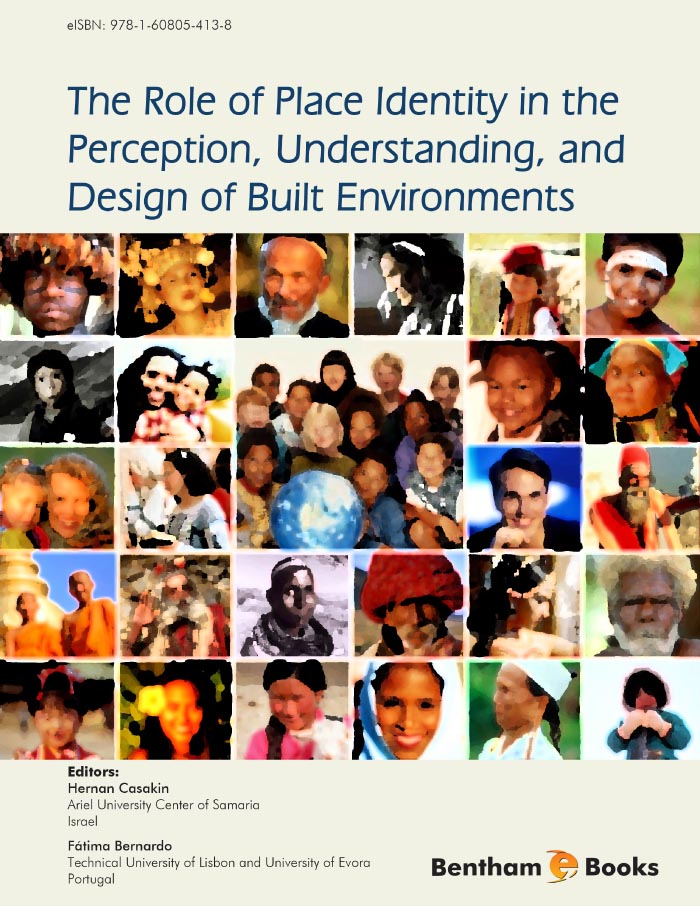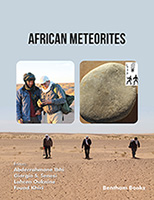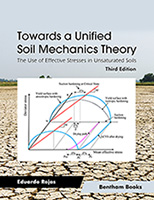The concern that identity has recently generated comes as a reaction to the recent processes of globalization, integration, and homogenization, which seriously threaten the identity of places (Lewicka, 2010; Relph, 1976). Whereas, the progressive deterioration of local values, and the the loss of individuality and distinctiveness is a dominating characteristic of our era (Borja & Castells, 1997; Scholte, 2005), identity is seen as a fundamental need that encompasses all aspects of human life.
Identity in relation to places and the physical environment is one of those. To these regards, identity is the basis of perception, experience, and appreciation of the environment. It allows people to develop affective bonds to place, as well as a sense of belonging that brings people together around shared values, issues and localities (Manzo, 2003; Tuan, 1980). Place identity contributes to forge the image of an environment, as well as its vitality, livability, and performance.
Place identity is concerned with a set of concepts and ideas about place and identity in a variety of disciplines such as environmental psychology, philosophy, semiotics, urban sociology, geography, urban planning, urban design, architecture, and landscape architecture. It refers to the personal meanings, symbols, and significance that places have for their residents, visitors, and users. Thus, place identity constitutes a component of personal identity through which people describe themselves in terms of belonging to a specific place (Proshansky, 1978; Proshansky, Fabian, & Karminoff, 1983).
Place identity can be affected by the physical or spatial features of a setting (e.g., structure, spatial characteristics, built form, landscape, and furniture), the activities carried out in it (circulation flow, behavior patterns), and its meaning (legibility, cultural associations, and semiotics). In consequence, the interaction between people and these fundamental elements of the environment has a strong influence on how place identity is perceived and understood. As such, the concept of place identity can vary as a result of geographic conditions, culture, technical, political, social, psychological, and technological factors.
While place identity constitutes a significant theme for debate, the relationship between identity, place, architecture, and urban design still deserves more attention. What constitutes place identity is a controversial issue that continues to generate heated discussion and disagreement.
This eBook aims at developing knowledge in relation to some of the main themes related to place identity nowadays, and most of all on a science of identity in the built environment, across a multifaceted and multicultural society. We hope that this collection of chapters will capture the attention of those already in the place identity community, and of all those who will find an interest here.
REFERENCES
Borja, J. & Castells M. (1997). Local and Global, Management of Cities in the Information Age, London: Earthscan. Lewicka, M. (2010). What makes neighborhood different from home and city? Effects of place scale on place attachment. Journal of Environmental Psychology, 30, 35-51.
Manzo, L. C. (2003). Beyond house and haven: Toward a revisioning of emotional relationships with places. Journal of Environmental Psychology, 23, 47-61.
Proshansky, H. M. (1978). The city and self-identity. Environment and Behavior, 10, 147-169. Proshansky, H. M., Fabian, A.K., & Karminoff, R.(1983). Place identity: Physical world socialization of the self. Journal of Environmental Psychology, 3, 57-84.
Relph, E. C. (1976). Place and placelessness. London: Pion
Scholte, J. A. (2005). Globalisation: a critical introduction. New York: Palgrave Macmillan. Tuan, Y. F. (1980). Rootedness versus sense of place. Landscape, 24, 3-8.
Hernan Casakin
School of Architecture
Ariel University Center of Samaria
Israel





